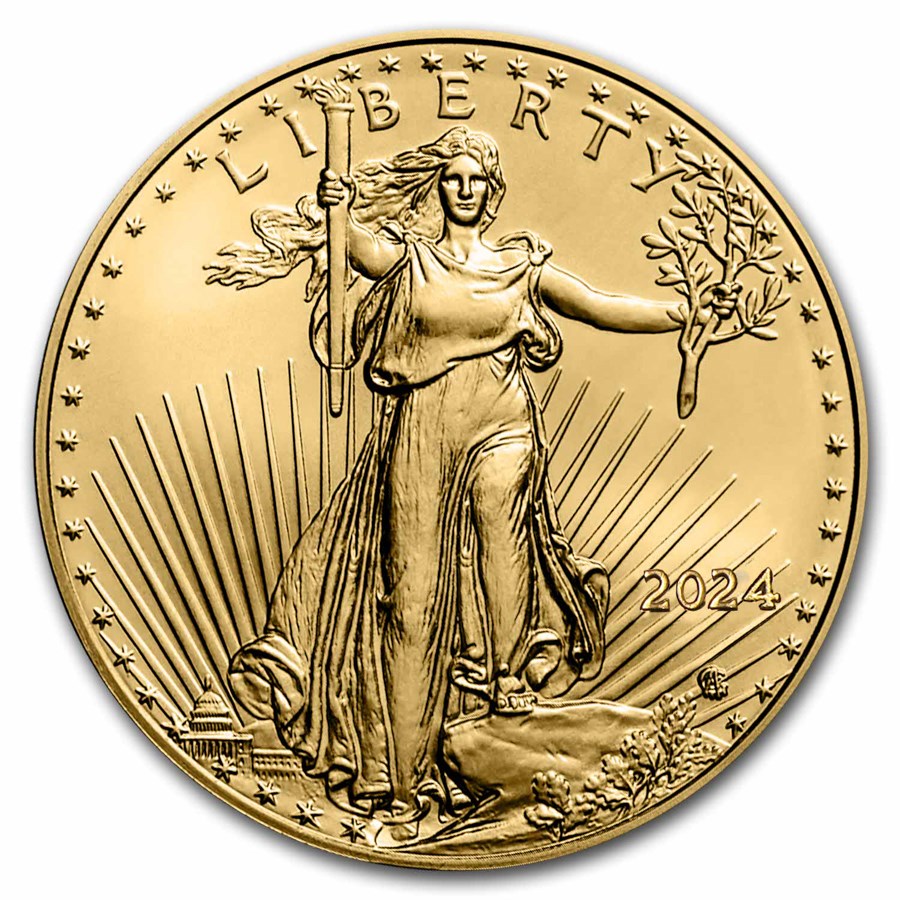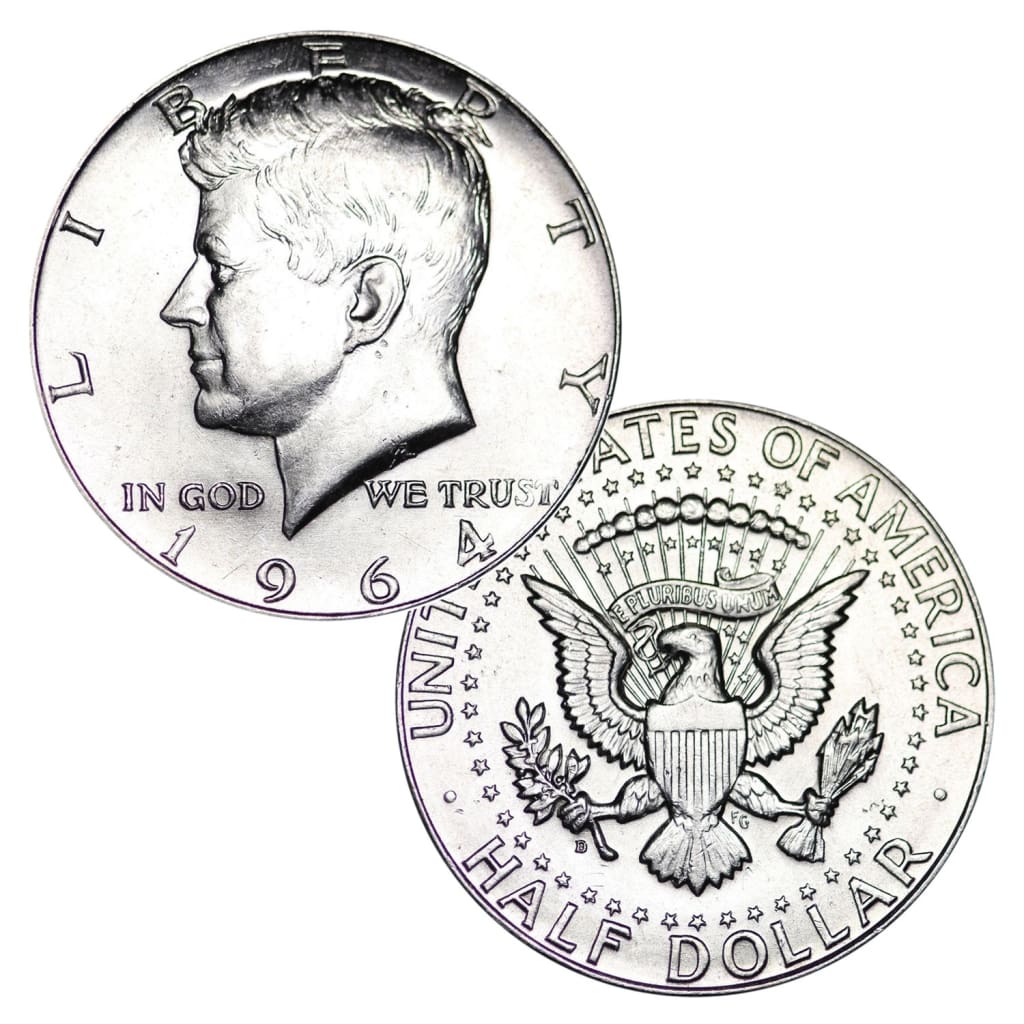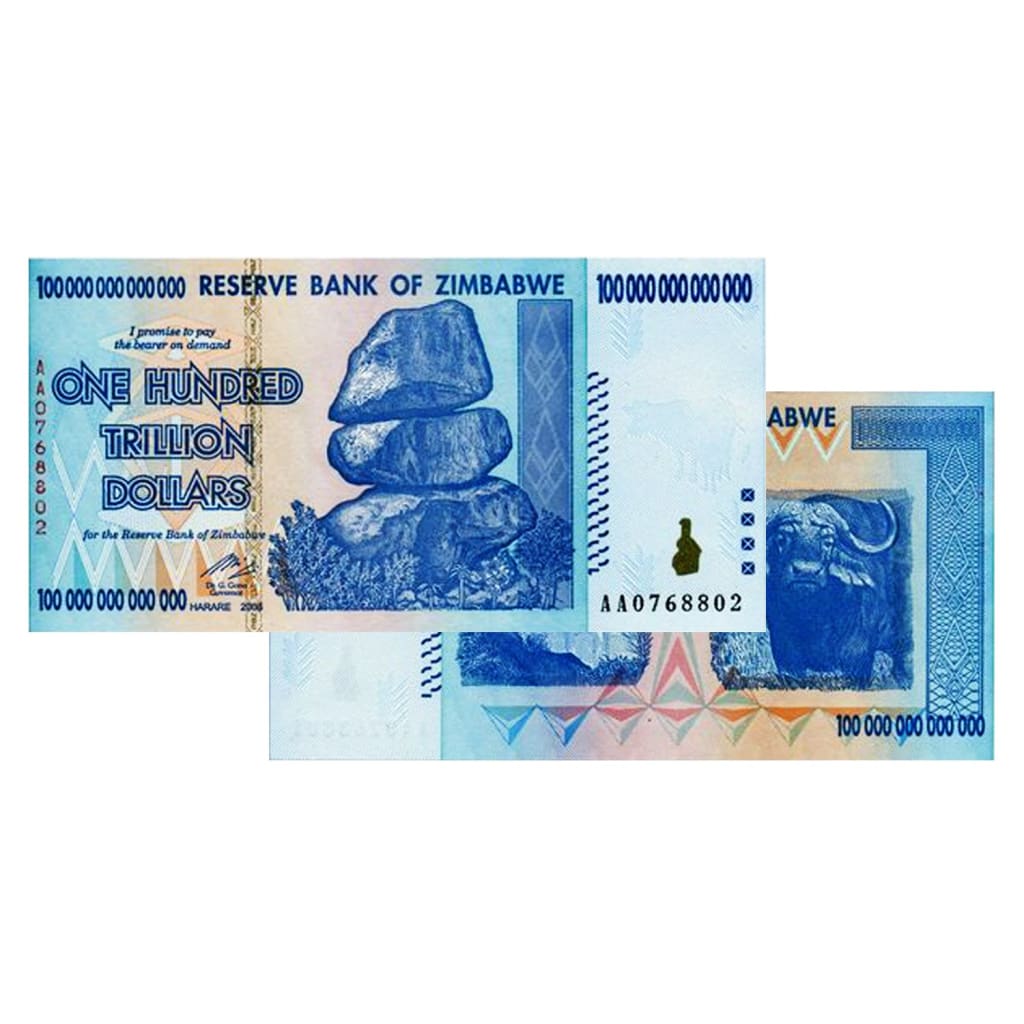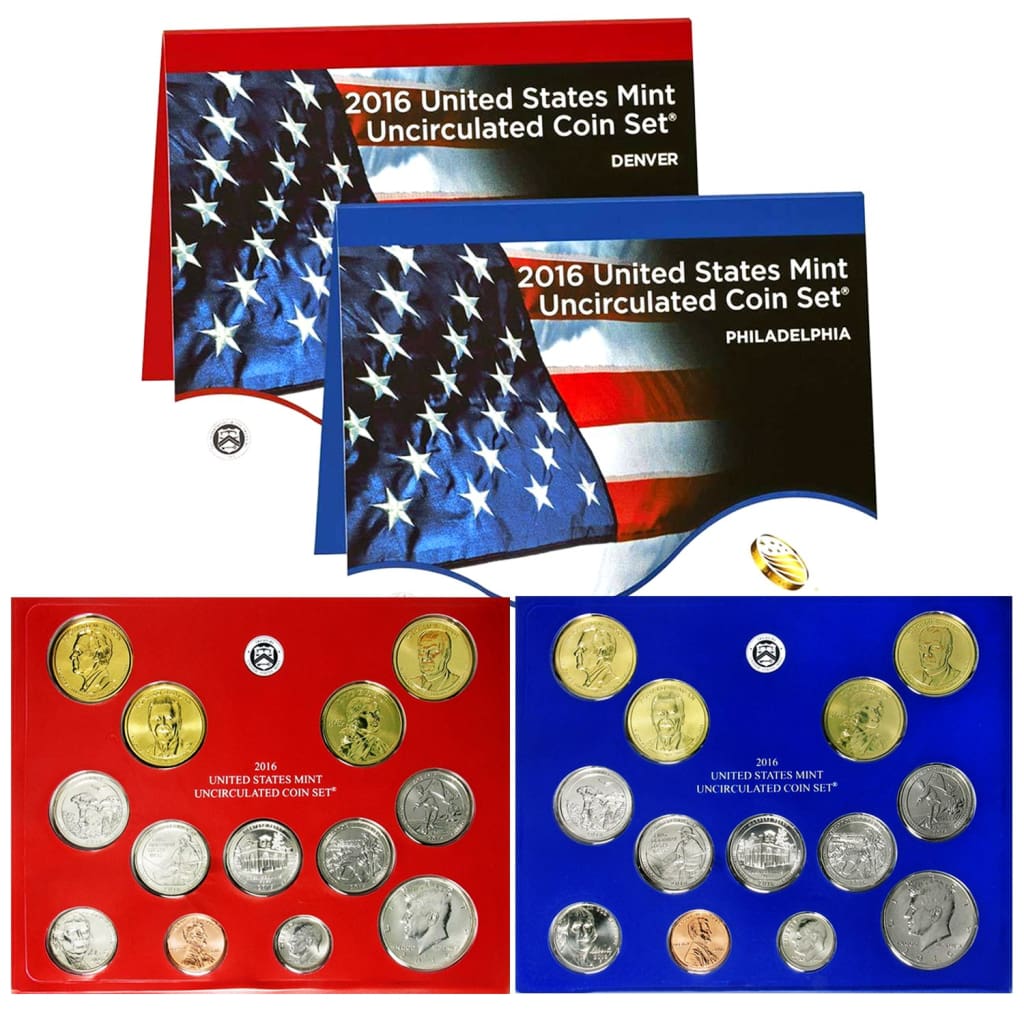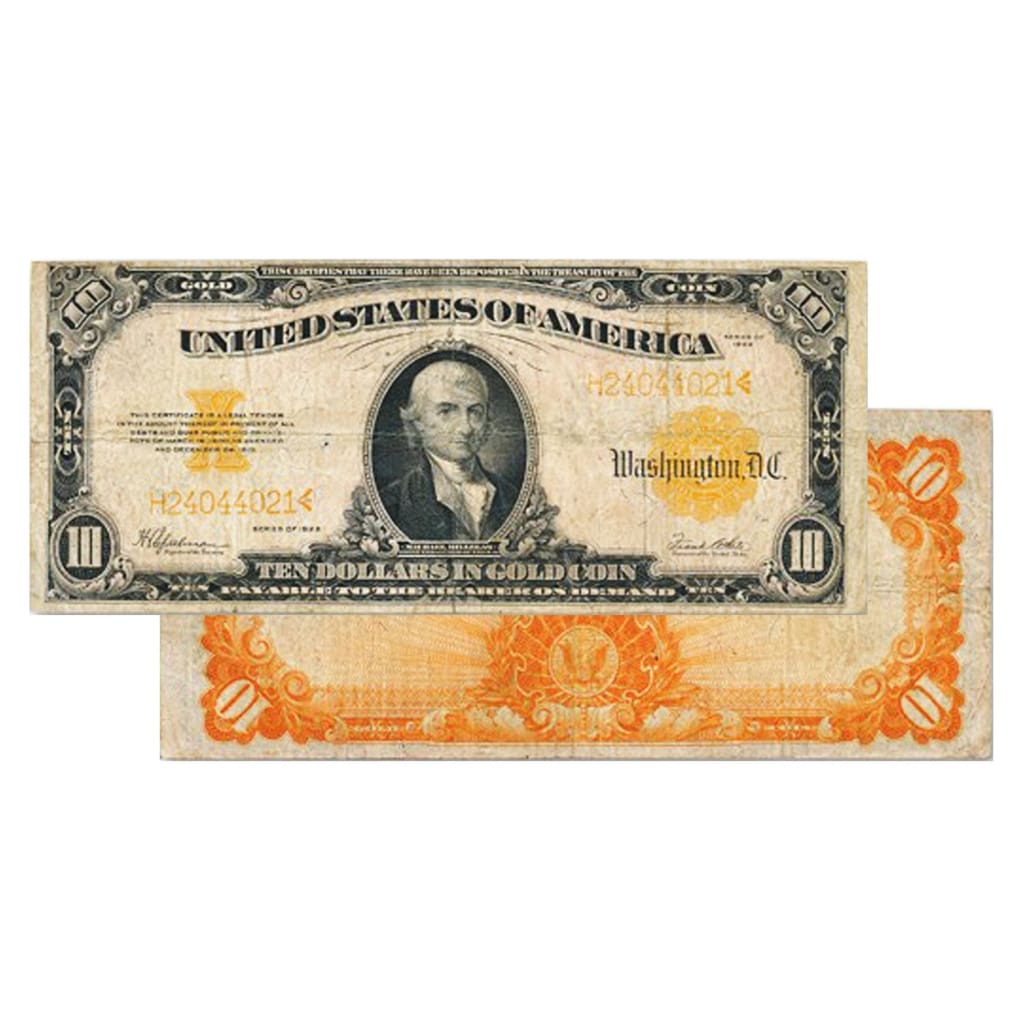The spoils of war are many, and when the US defeated Spain in the Spanish-American War (1898) the Yankees found themselves in possession of a number of Spanish colonies and protectorates including the Philippine Islands. This ended 333 years of Spanish rule that had seen the island nation evolve from a small Pacific outpost to a modern center of agriculture and trade. And the acquisition of the Philippines included a mint.
The House of Money
To supply the coins for Spain’s growing Asian trade, the Spanish government established a minting facility in the Philippine capital of Manila. Called the Casa de Moneda (House of Money), it began issuing one-, two-, and four-peso gold coins in 1861. The following year production of silver coins was authorized and ten- and twenty-centavo coins began to be minted in 1864. The following year 5-centavo silver coins were added.
Family Matters
The first Manila coins bore the image of Queen Isabella II, even after she was deposed in 1868. Coins made between 1868 and suspension of production in 1873 maintained the original design but continued to be dated 1868. Isabella’s son and successor Alfonso XII resumed production at the Manila Mint in 1880. The silver coins bore his image and had a slightly lower silver content. A small number of four-peso gold coins were also produced during Alfonso XII’s reign, which ended with his death in 1885. But like after his mother’s regency before him, the Casa de Moneda continued minting coins until 1898, all carrying the 1885 date.
War Breaks Out
Philippine nationalists had long been seeking independence from Spain, as had similar interests in Cuba. As tensions rose between the US and Spain over Cuban interests, the Spanish government refused to negotiate and concerns in both the US and Europe led to the eventual declaration of war between the two nations.
Outgunned in both Cuba and the Philippines, the Spanish eventually capitulated and the Treaty of Paris led to Spain relinquishing sovereignty over Cuba and the cession of Puerto Rico, Guam, and the Philippines to the US in a $20 million settlement.
The Yanks Arrive
Eager to keep the Philippine economy healthy, the US began producing coins for circulation in its new territory. In 1903 the San Francisco Mint started minting a series of Philippine silver coins based on the Spanish peso system at the rate of two pesos to one US dollar. Lower denomination base metal coins were struck in Philadelphia along with some proof and silver coins. In 1904 all foreign coins were demonetized in favor of the Philippine currency. Production of Philippine coins continued in the US at various times and locations until the Islands were granted independence in 1946.
Local Money
While the US dollar was an official currency in the Territory, the Philippine economy was so weak that lower value coins were needed for everyday use. This led to Congress authorizing the Treasury to reopen the old Spanish Casa de Moneda to produce coins for local use and relieve the demand on the San Francisco Mint. In 1920 the facility was resurrected as a branch mint and began producing coins in several denominations from one to fifty centavos as well as a 1936 commemorative silver peso. It also minted several aluminum and brass denominations for exclusive use in the isolated leper colonies.
From 1920 to 1941, other than some one-centavos made in San Francisco in 1920, all US Philippine coinage was struck at the Manila Mint. With a daily output of 85,000 pieces, the Manila Mint produced 206 million coins for local circulation. It also struck a coin called the “Wilson Dollar” to commemorate the mint’s opening. Similar in size to a US silver dollar, the coin was issued in gold, silver, and bronze.
The Manila Mint produced coins from 1920 to 1922 and resumed minting continuously from 1925 to 1941. Philippine sculptor Melecio Figueroa designed the coins which depicted a seated man on the obverse (face) on lower denominations and a standing woman on the silver coins. The face also carried the denomination (in centavos) and the inscription “Filipinas.” The reverse contained an American eagle over a Union Shield and was inscribed “United States of America” with the date below the shield. Manila coins were initially made without a mintmark, but in 1925 a small “M” mintmark was added to the left of the date on the reverse.
Another War Closes the Mint
The day after the Pearl Harbor attack on December 7, 1941 the Japanese attacked the Philippines. Fighting continued until the surrender of the islands the following May. As US forces were pushed back, the Manila Mint was closed. Japanese occupation continued until the islands were retaken in January 1945. In the process, though, the old Spanish Casa de Moneda was destroyed by artillery fire. That closed the book on the only US mint ever located outside the continental United States.
Philippine coins continued to be produced at all three US mints until the islands gained independence on July 4, 1946.
Collecting US Philippine Coins
Territorial coins of the Philippines are popular with collectors due to their unique history. In addition to Manila Mint coins, there are many others stuck at the three US mints as well as proof sets struck in Philadelphia and commemoratives like the “Wilson Dollar.”
For more information about US Philippine coins, their varieties, rarity, and values, visit the PCGS Coin Facts pages.

